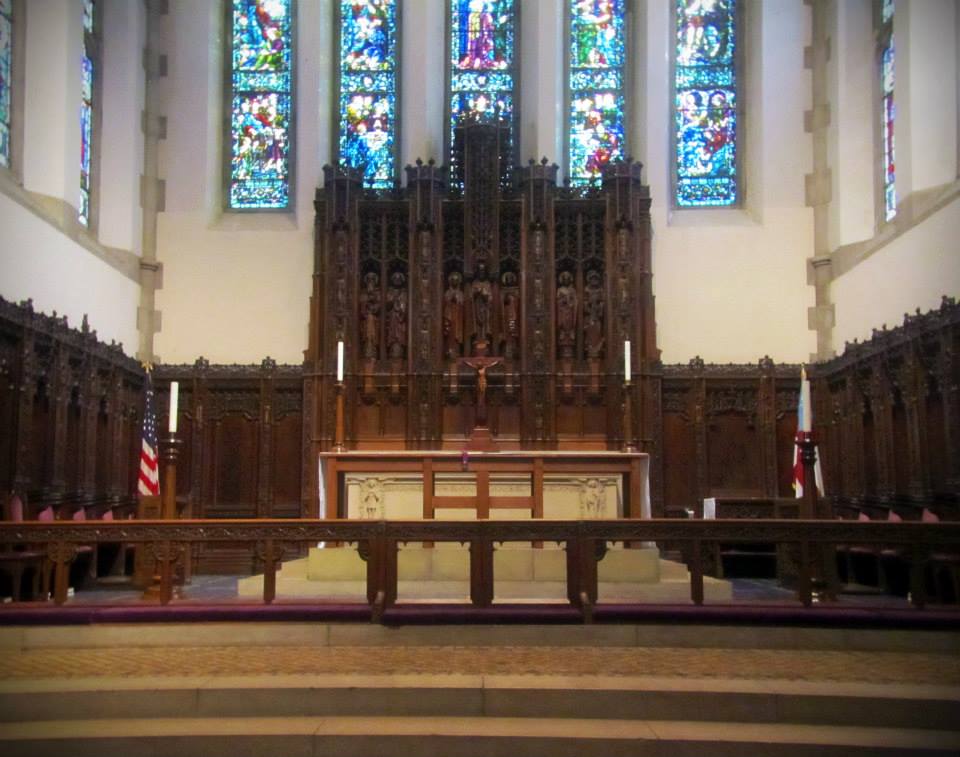Category: Church Year
-
First Sunday in Lent
I am not a fan of Lent. There is altogether too much breast-beating for my taste. Or, rather, for my mental and spiritual health. I’m trying to recast it in my own mind, because I know it means so much more. As one of the Proper Prefaces for Lent says,…
-
Trying so hard to be ordinary
It’s a weird calendar this year for us church folk. Christmas Eve was on the Fourth Sunday in Advent, and Ash Wednesday will be on Valentine’s Day again. This past Saturday, January 6, was the Feast of the Epiphany—a feast you would think would be transferred to the nearest Sunday,…
-
Among Women, Blessed
The following poem, for a long time while I kept revising it, bore the working title, “Closing in on Christmas.” I’m glad my poetry group agreed I should change the title once it found its final form. And now that we’re deep into Christmas, why don’t I share my Advent…
-
Full Circle
Today is the second and last time this century that Good Friday and the Feast of the Annunciation fall on the same day. Historically, though, they’re linked. In the earliest centuries of the Church, the death and resurrection of Christ were observed, but Christ’s birth was not. However, the symbolic…
-
Merry Christmas! God is with us!
Gaudete! Christus natus est! Alleluia! Tonight God’s purpose in creation is fulfilled. I love this gaudily-colored painting from the reredos of one of the side-chapels in my church. Christ is born, and everybody, human and otherwise, has shown up to celebrate! I’m reminded of a phrase from the requiem Mass (quoting…
-
Being there

“I probably shouldn’t be grinning on Good Friday,” I said to the Dean after today’s Good Friday service. But one of the features of bipolar illness is that sometimes you just aren’t in charge of your emotions. On a day like today, when I’m teetering on the edge of hypomania,…
-
Favorite Christmas albums
Happy New Year! We’re still in the midst of the Christmas season (those 12 days many know only from the song), so there’s still time to enjoy this wonderful music outside of the context of shopping malls and people trying to induce you to buy stuff. Having just said that,…
-
Christmas and Martyrdom: St. Stephen’s Day
Happy second day of Christmas! And happy St. Stephen’s Day. St. Stephen was the first Christian martyr. He was also a deacon, one of seven chosen and ordained by the twelve Apostles to serve those in need. He also preached and “worked wonders,” which made him some very powerful enemies.…
-
A brief Advent reflection
Advent’s just begun. Ordinary Time closed with a celebration of Christ the King; now we’re waiting for that King to be born…while at the same time, looking for him to “come again in glory.” Even while Christmas preparations must be done, we hold those celebrations at bay during this strange…
